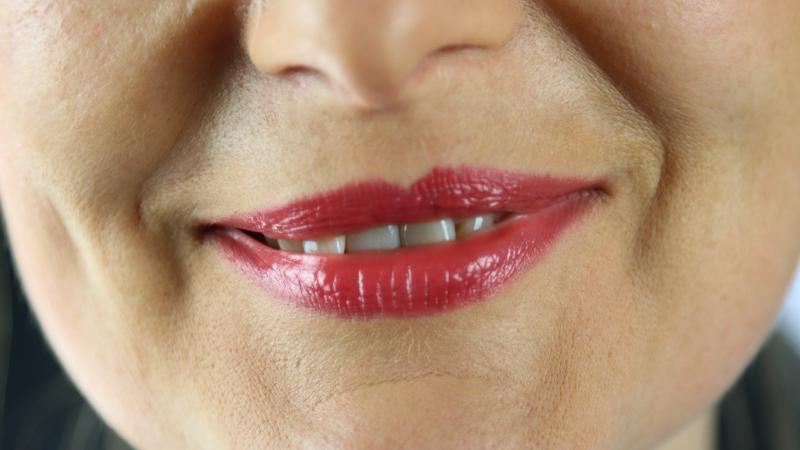5 Types of Invisalign Treatment to Treat Different Cases of Orthodontic Problems

Overbite, crossbite, overcrowding, spacing, and crooked teeth are some of the orthodontic problems faced by most people. Fortunately, there are various orthodontic treatments available in the dental industry today to fix these kinds of issues. One of them is the Invisalign treatment.
The Invisalign treatment is a modern alternative to traditional metal braces. It uses computer software which produces a virtual 3D treatment plan. This orthodontic approach is made up of patented thermoplastic material and is virtually invisible.
This approach has different types that can treat various cases of orthodontic issues. If you have a mild to moderate or a complicated case of an orthodontic problem, you can take your cue and know the right treatment from the types of Invisalign below.
Invisalign Express for Mild Cases
The Invisalign Express offers shorter treatment time compared to any other orthodontic treatment method. It’s a perfect choice for people with mild spacing issues or minor crowding.
This type of aligners is also an ideal option for those who need teeth straightening before going through restorative procedures such as tooth veneers or composite bonding.
The Invisalign Express Cost [for Only Upper Teeth] will cost less compared to the price when you were to get aligners for your upper and lower teeth. You can fix the most noticeable part first if you are on a tight budget and go back to treat the rest later.
Invisalign i7 for Minor Cases
The Invisalign i7 is another member of the Invisalign treatment family that treats minor abnormalities for spacing and overcrowding issues. It is best for aesthetic improvements which only require minimal treatment.
This type of Invisalign can help you fix slight overcrowding or crooked front tooth by providing a transparent, removable, and nearly invisible aligners that can fit into your lifestyle. It’s often limited to your front teeth.
Compared to other orthodontic techniques, Invisalign i7 can provide results as early as three months without the inconvenience of wearing bulk metal braces.
Invisalign Lite for Moderate Cases
The Invisalign Lite is limited to treat a class 1 malocclusion. This case is where a person has a normal bite, but his or her upper teeth slightly overlap the lower front teeth. It means that this treatment is only suitable for moderate cases such as minor spacing and crowding.
This type of Invisalign uses up to 14 removable transparent aligners and offers lower-cost options with shorter treatment period compared to other methods. The whole treatment usually takes up to six to nine months to correct minor orthodontic issues.
Invisalign Full for Complex Cases
https://www.101dentist.com/images/articles/5f042bbf6b02a.jpg
If you’re suffering from severe and complex cases of malocclusions such as underbite and overbite, Invisalign Full can be a great option to solve your problem. This type of Invisalign is one of the most prescribed treatment by dental professionals.
Invisalign Full includes unlimited clear aligners to shift the teeth to their proper positions slowly. The number of aligners will depend on your treatment plan and the complexity of your condition. This method may take up to 12 to 18 months.
Invisalign Teen for Youngsters
The Invisalign Teen is explicitly designed for teenagers with moderate orthodontic issues. This orthodontic approach includes tooth eruption tabs and six complementary replacements for clear dental aligners.
The aligners must be replaced with a new set every two weeks to straighten the teeth continuously. The patient must wear these aligners every day except when eating, playing sports, flossing, or brushing. The treatment approximately takes one year. However, it differs from every patient’s needs.
Takeaway
Whether you have a minor case or complicated case of an orthodontic problem, it is necessary to consult an Orthodontist to know the right treatment for you. The types of Invisalign treatment mentioned above are some of the methods that can fix overcrowding, overbite, crossbite, spacing, crooked teeth, and other orthodontic issues that might bring you discomfort and take away your confidence to smile.
More Resources: dentist directory and healthy living guides
More to Read:
Previous Posts:





